I am having a problem and could use some help. We are removing the old tile from our house and replacing it with a laminate floor. We are on a raised wooden foundation and I was going to just put the laminate floor diractly onto that. All was going well in the removal of the old tile which was laid on a particle board sub floor nailed to the actual floor until we got to the kitchen where the cabinet is also sitting on top of this particle board. Obviously I don’t want to take out the cabinets or anything and I can’t remove the board from under it because that will create a hight problem but do still want to remove the tile and get down to the actual wood floor to put the laminate on. What would be the best way to go about this? Do I need to somehow cut the board and just lay down the laminate up against it? What kind of tool do I need to get into the tight quarters under the cabinets to cut that? Any help would be greatly appreciated. I am not a contactor but was told by many people that putting in a laminate floor was so easy and it has been up to this point but now I am just stuck on how to continue. Thanks.
Discussion Forum
Discussion Forum
Up Next
Video Shorts
Featured Story
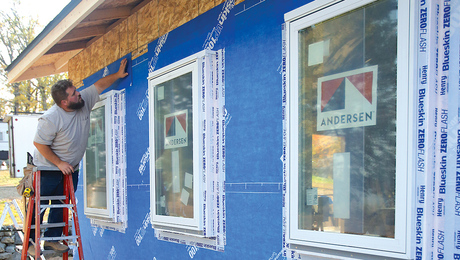
Getting the details right for a wall assembly with the control layers to the exterior and lots of drying potential.
Highlights
Fine Homebuilding Magazine
- Home Group
- Antique Trader
- Arts & Crafts Homes
- Bank Note Reporter
- Cabin Life
- Cuisine at Home
- Fine Gardening
- Fine Woodworking
- Green Building Advisor
- Garden Gate
- Horticulture
- Keep Craft Alive
- Log Home Living
- Military Trader/Vehicles
- Numismatic News
- Numismaster
- Old Cars Weekly
- Old House Journal
- Period Homes
- Popular Woodworking
- Script
- ShopNotes
- Sports Collectors Digest
- Threads
- Timber Home Living
- Traditional Building
- Woodsmith
- World Coin News
- Writer's Digest

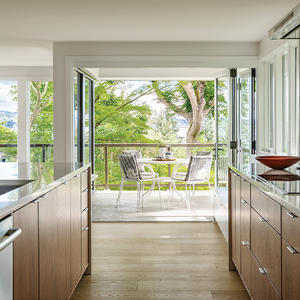
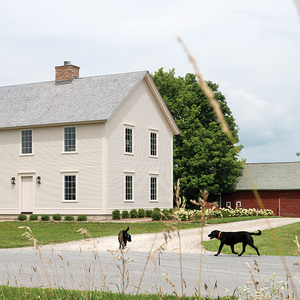
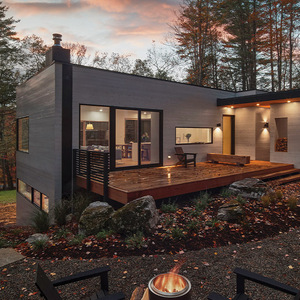
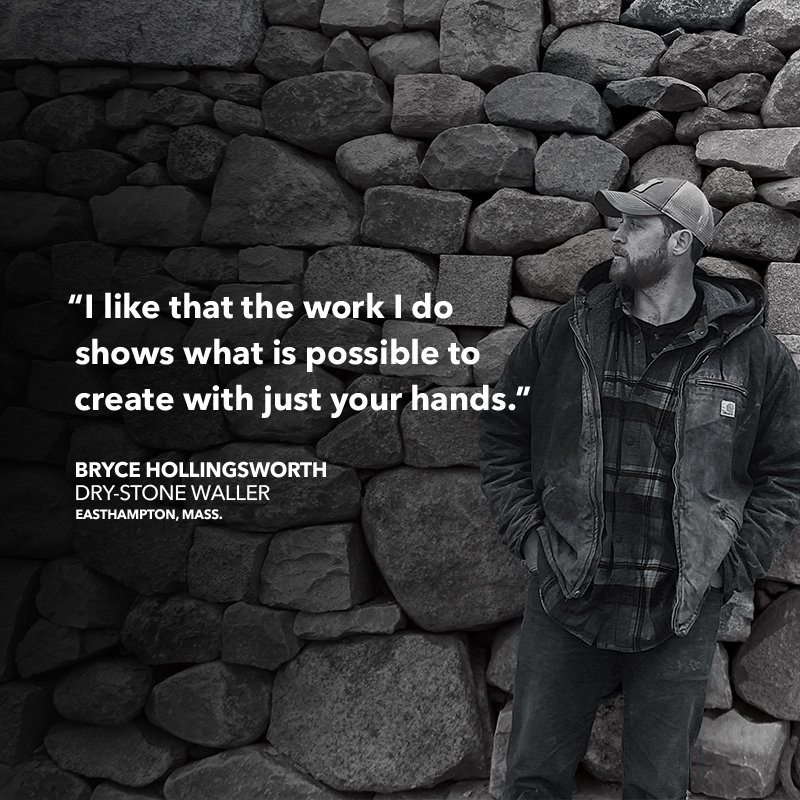













Replies
zoo
Google a toe kick saw-made by the same people that have brought you the door casing Undercut Saw.
It's (the ones I'm familiar with) a scary dangerous looking tool (if they still make it).
Best of luck.
You'll probably need a shoe molding for the front of the toe kick (and sides of the cabs) but you probably are doing that anyway against the baseboard.
For many years, 60's thru 90's, standard floor construction was wood floor joists. 1/2" plywood sub floor and then a layer of underlayment, typically 5/8". Plywood underlayment was used under tile and sheet vinyl floors, particle board was used under carpeting. The plywood subfloor isn't strong/stiff enough without the additional layer of underlayment. Very rare to see particle board underlayment in a kitchen or a bath. It's a sign the builder either didn't know what they were doing or didn't care and cut corners.
3/4" hardwood flooring over the 1/2" subfloor would be aceptable but something like thinner Pergo would not. If the particle board is in good shape, you could leave it and place the laminate flooring on top. You could have an issue at the dishwasher because of the extra height, finished flooring is run under dishwashers, ref and ranges. DWs have some height adjustability on the legs. With luck, you may be able to raise the DW feet to compensate for the new flooring. A slight increase under the ref or range usually isn't an issue.
If the particle board is in bad shape and must be removed, you would use a toe kick saw to cut it around the cabinets. Once removed, you would have to make an assesment concerning the floor construction and whether you could lay the new flooring without replacing the particle board with something. An option may be to use plywood underlayment in place of the old particle board. Actually laying new flooring isn't very difficult but dealing with existing conditions and coming up with solutions for problems as well as having the necessary tools and experience is another matter.
There may be additional issues since you normally need expansion space around the perimeter of some engineered flooring. Moldings are often used to hide the gap. Cutting the particle board perfectly flush wth the existing toe kicks is a challenge and any difference in heights of the new floor to the cut particle board may be visible. A toe kick cover or other solution may need to be used.